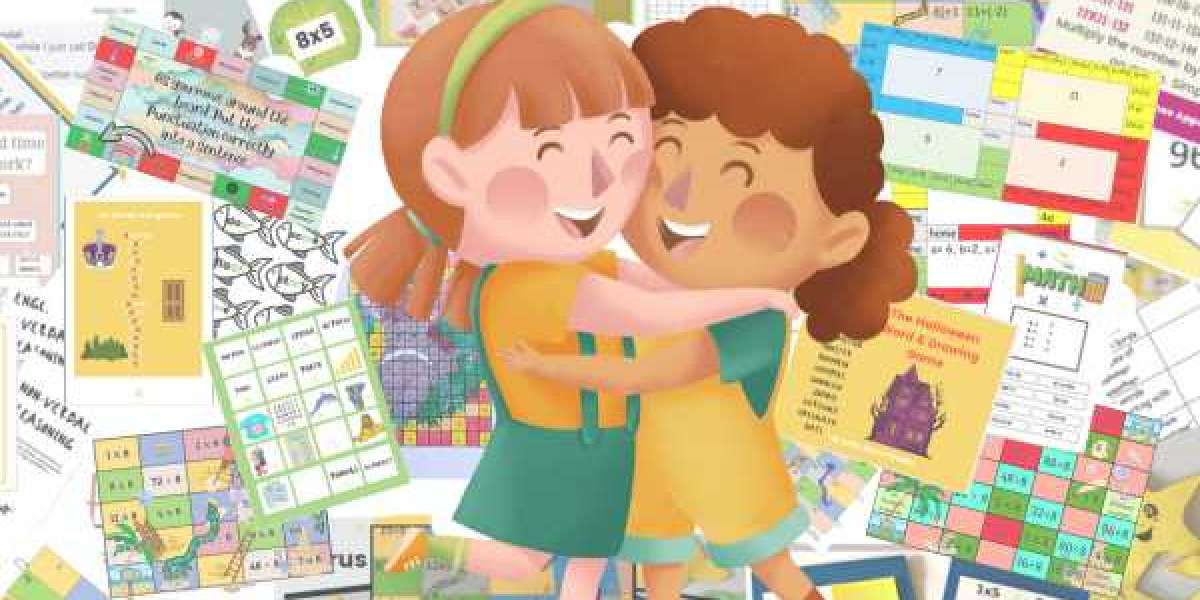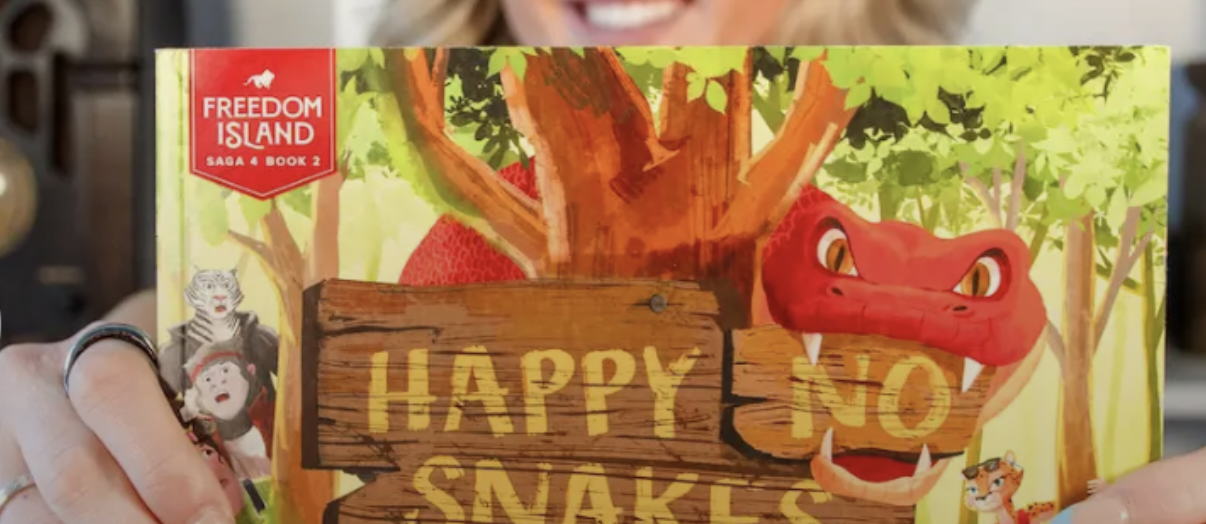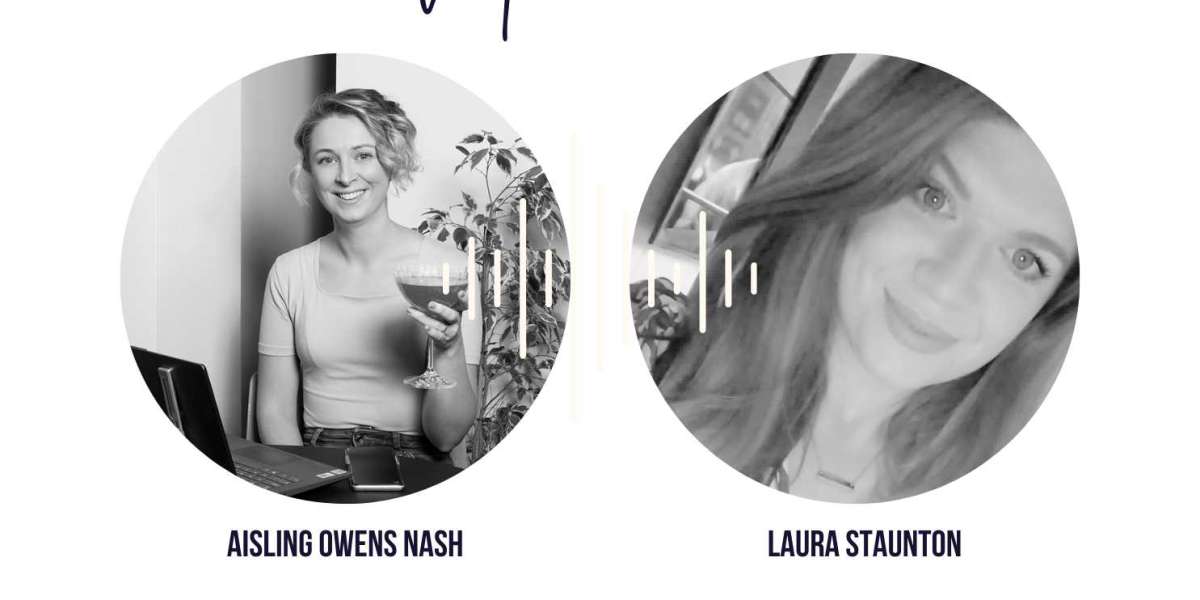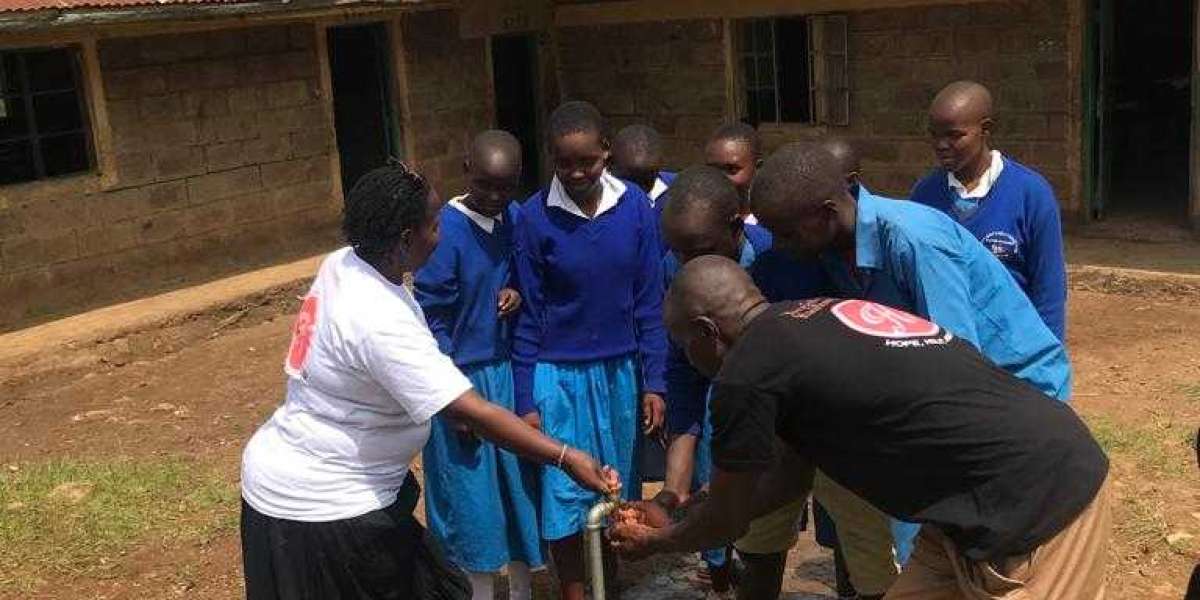Making tutoring sessions engaging for young children.
Sadly, many of us decide from a young age that we don’t like school. Regular spelling tests, times-tables tests etc reinforce that we’re not very good at it. We’re not the child who is chosen by the teacher and confidence starts to dwindle. With that, motivation also starts to disappear. Such a change from the young child who was so excited for their first day at school…
Our early years are all about learning through play.
Reception continues this theme to an extent, but we are also being woken up to the reality of life. By year 1, the fun of learning through play has all but disappeared.
Why?
Something I learned many years ago was that if we are relaxed, we are generally in a better state of mind to learn because we are not trying to get out of that fight or flight mode. If we are enjoying ourselves, we are more likely to want to participate. With participation come practice, with practice comes confidence and ability and it becomes a positive spiral of success.
This is why incorporating games into a child’s learning is so effective, especially a younger child or a child who struggles with a short concentration span.
Games are generally short and interactive. We can suggest a rematch and repeat the task reinforcing the information that they learned the first time around. Act as their learning peer and work it out together if they are struggling to do it by themselves. Give them the support they need whilst they build their confidence.
It’s no different to when a child is learning to walk, you initially hold two hands, then one, then you’re right behind them ready to catch them when they fall, until the day comes that you realise, they no longer need you, they have the confidence and ability to do it themselves. Academic learning is no different.
So, what type of games can we play?
I’m going to suggest 5 of my favourite games but each one of them can be tweaked and adapted accordingly:
Jenga
I first started playing Jenga in the lessons because I was looking for something to support a child with his handwriting skills. However, I was worried that if I turned up to a parents home and played Jenga with their child for a substantial part of the lesson, it would be hard to justify their investment in tutoring with me.
So, on each brick I wrote one of the high frequency words. As you remove a brick from the tower you had to write the word in a sentence. It then struck me that I could use this for punctuation practice alongside practicing reading the keywords, along with handwriting practice. I now had 3 games in 1. I then decided to write a number up to 12 on one of the other sides of the brick. We could now also use this for times tables and if I adapted the numbers a bit, we could also use it for number bonds. (I now also use it with older children for learning the key grammatical terms) because it has proven to be so versatile Jenga is probably one of the favourite games that we use.
Pairs (memory games)
Many things that a child is expected to learn will have a question and an answer, or a term and a definition. Because of this it is easy to create memory games with a set of cards showing the question and the other set showing the corresponding answers. All the cards are laid face down onto the table. The first person picks up two. If they are a corresponding question and answer, they keep them and have another go. If not, they are placed back down in the same place and the other person has a go.
The person with the most pairs at the end, wins.
Noughts and crosses:
I love this game and it's so quick and easy but in all honesty, it’s not my own idea, when my son did GCSE History, he had a fantastic teacher and this is an idea I’ve adapted from him.
All you need to play is a pen and a piece of paper. Draw a noughts and crosses grid on the paper: 2 vertical lines which are crossed by two horizontal lines.
Now in each square write a number from 1 to 12. In the traditional game of noughts and crosses; you each take it in turns to have a go at either drawing a nought or a cross. The aim is to be the first person to get three in a line (vertically, diagonally or horizontally) without the other person blocking you and getting that line of three first.
However, in this version of the game you need to decide which times table you are multiplying by before you start. You now play the game as you would in the traditional method, however, before you can claim your square you need to multiply the number in it by your chosen times table. For example, supposing we have chosen to multiply by 8. I wanted to go in the top left-hand space and there was a number 3 written in it, I would have to work out the answer to 3x8 before I can write my nought or cross in the gap. The game is so simple and yet it is so much fun!
(HINT TO WINNING: if you endeavour to get three of the four corners, it will be very hard to beat you!)
I sometimes also use this game for practicing handwriting (you write a letter instead of a nought or cross) or for extending language (you have to think of a word associated with a particular theme starting with the letter drawn in the square). Sometimes I will also use it for learning specific terms, for example you must define the word, or give an example of the word written there in order to claim your square.
Lily pads
This game is nearly always a hit yet is frustrating in its need for co-ordination and accuracy.
To make it you will need:
Green Paper
Sticky labels or glue
Pens or pencils
Scissors
Start by drawing 12 circles onto a sheet of the green paper.
They need to be approximately 5 or 6 cm in diameter. (I often draw around the bottom of a cup).
Cut each of these out, then cut a V into the top of each one, for no other reason than it makes it look more like a lily pad.
Either on white paper or sticky labels write down the 12 times table questions for the times table you have chosen.
On each lily pad you need to stick down a question. On the reverse side you may choose to stick the answer.
Be careful as this makes it far easier to cheat, but if you’re a bit wobbly with the answers as well, it saves you from having to double check them each time.
Again, if you choose to laminate the lily pads, ensure you leave a slight border of a couple of millimetres of laminating pouch around the edge so that it doesn’t fall apart once cut out.
To play the game each player will need two counters (or a frog; the variety you get in crackers, you press down on one end, and it causes it to jump).
The game is played just like tiddly winks.
The lily pads are spread out on the table in front of you, question side up.
Hold one of your counters (counter a) between your thumb and your pointing finger and press down on the very edge of the other counter (counter b). By doing this it will cause counter “a” to move.
The aim is to flip your counter onto a lily pad.
When you succeed in this (and trust me it’s not as easy as it sounds) you have to answer the question written on it.
If you get it correct, you keep the lily pad.
If you get it wrong, it stays where it is (you may want to be slightly lenient on this initially or offer a help sheet so that your child is likely to win some of the lily pads).
Take it in turns to flip your counters onto the lily pad and as usual the person who has answered the most correctly at the end wins.
Again, as with most of the others I often adapt this game so that we can using for reading specific words, practicing spellings, answering a specific style of maths question, etc.
The board game
I have to be honest and say this isn’t one of my favourite games, yet it is one that the children I work with often opt to play.
It’s like a conventional board game, as you move around the board you will encounter forfeits which will vary between have another go, miss a turn, go forward 3 spaces, go back 5 spaces. You will also encounter a range questions or words to read, or spell.
To make the game you will need:
Paper
Pencil
Ruler
Pen
To make the game:
This can be done on a word document if preferred; otherwise it can be drawn out with a pencil and ruler.
- Draw a grid of 6 rows and 8 columns.
- In the bottom left square write the word “START”. In the top left square write the word “FINISH”.
- In various squares around the board write individual questions associated with what you are focusing on.
- In the other squares write a range of forfeits. These forfeits might include have another go miss a go, go forward3 spaces, go back 2 spaces. Use approximately 2 forfeits per line. Any remaining squares can be left blank.
You may choose to draw an arrow at the end of each line or number each square in a small font to show which direction you need to move around the board in.
To play the Game: To play the game you will need a counter each and one or two dice, though probably just one will be sufficient. Each person takes it in turns to roll the dice. You then move your counter on the appropriate number of squares as dictated by the number shown on the dice.
If you land on a question you need to answer it correctly before you can move on. If you land on a forfeit, you need to carry it out as instructed. If you land on a blank square, you are safe.
The first person to reach the finish square is the winner. Sometimes when we play the game, we say that you must get the exact number that allows you to land on the finish square and be crowned the winner.
If the number takes you beyond the finish square you would move up to it then back away from it again, this increases the chances of attempting more questions. On your next throw you would once again move towards the finish square, repeating the process if necessary. Other times we say that if the number you roll takes you to or beyond the finish square you are the winner.
The choice is obviously entirely up to you to adjust as you deem necessary. Like I’ve said previously though, please ensure that the child frequently gets the opportunity to win as this will boost their confidence and enthusiasm to take part. As with most learning, repetition is important and playing these games will provide that repetition, but the variety will create the range of memories required to assist in recalling the information when needed.
Applying games as a learning technique will hopefully also boost the enthusiasm to participate and reduce the monotony that sometimes comes with doing things over and over again… If they feel they rarely win or the fun is taken from it their enthusiasm to play the games will slowly diminish, so please be aware of this.
Remember what we might consider to be fun may not work for the next person. I hope there is enough variety here that you can be inspired and enjoy the activities.
Our goal at Clara James Tutoring is to make learning fun and accessible to everyone. If children are engaged in what they are doing they are more likely to want to participate, if they are enjoying it, they are more likely to relax and retain the information.
If they are retaining the information it will help boost their knowledge and with knowledge comes confidence.
If you have a child who enjoys learning through games and being more creative, and you enjoy spending time with them, you might be interested in the Clara James Approach, the membership group we have put together to support you in supporting your primary school aged child with their maths and English.
Interested?
Click here to learn more: The Clara James Approach












